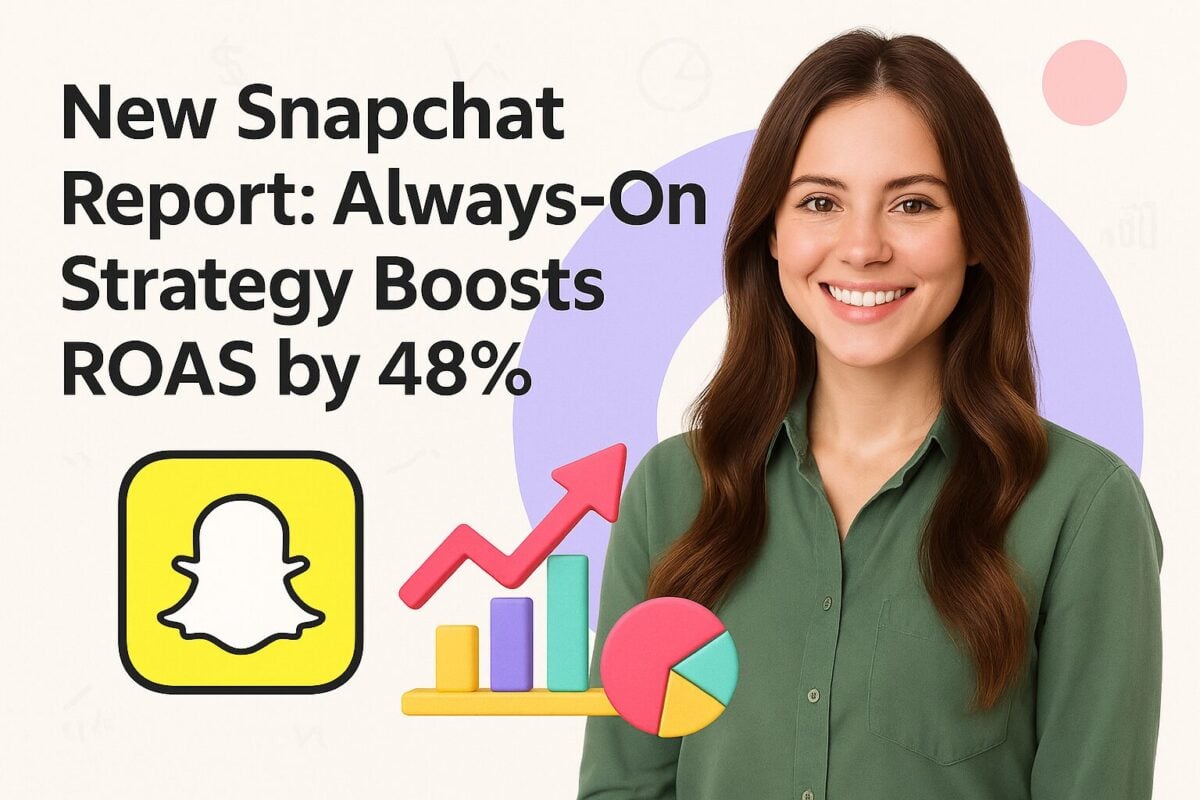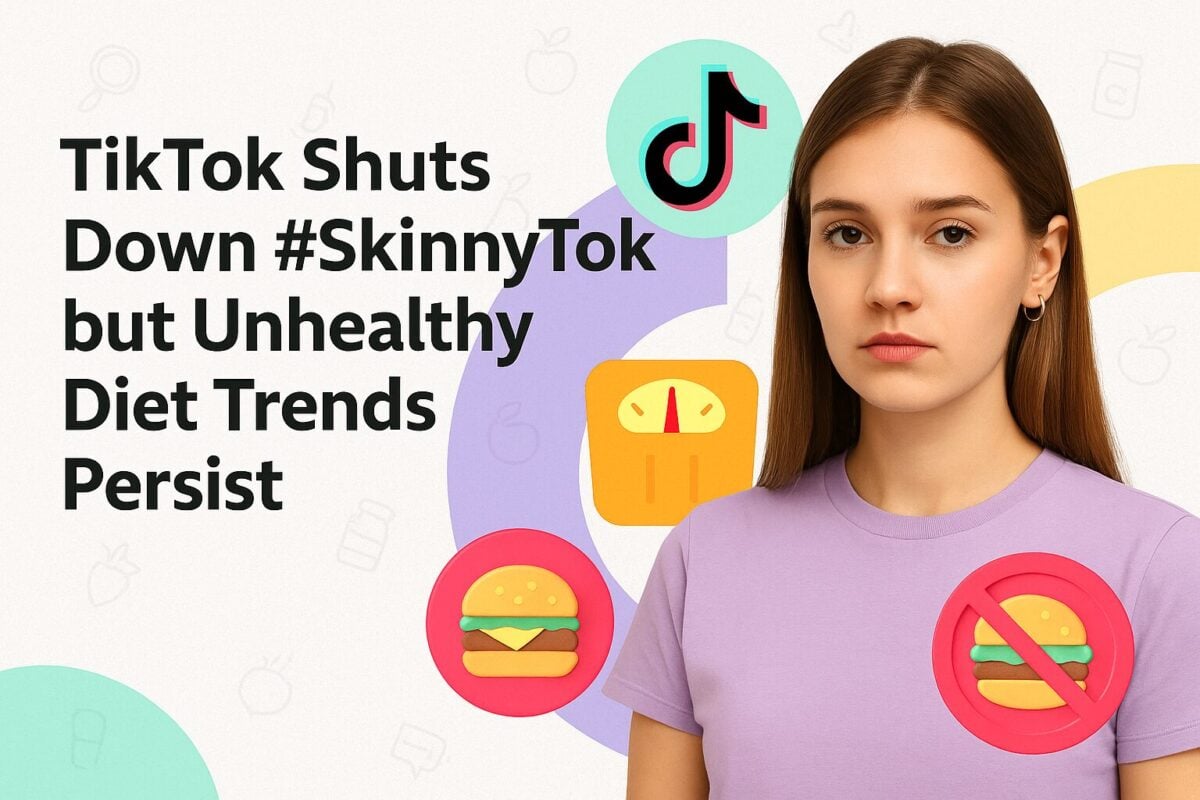Integrated campaigns or integrated marketing campaigns utilize multiple channels such as content, email, and social media to convey a uniform message targeted to a specific audience. This message aims to convert this audience into paying customers.
Aside from conversion, integrated campaigns also make your primary brand messaging more cohesive across different channels, be it on your website, social media page, or advertising materials.
An effective integrated campaign is able to combine the 4Cs of marketing. It should be coherent, consistent, continuous, and complementary. While an integrated campaign can have many forms, it should ideally have more than one outcome. For example, an integrated campaign aims to increase the number of followers up to a certain percentage and increase the number of conversions.
Integrated Campaign Examples
Several big brands have utilized integrated campaigns to resounding success. Here are some examples:
- Old Spice
Old Spice’s campaigns are known for combining traditional media (TV ads) with digital media (banner and video ads). Aside from coming up with unique videos, these campaigns benefited from ingenious copywriting. All of these elements combined to form a conversation that directed the audience to their website.
- GoPro
GoPro’s “Be a Hero” campaign combined outdoor ads and brand-related sponsorships to convey spontaneity and adventure with the authenticity of videos shot in first-person POV. The campaign went viral for including a user-generated video of a firefighter rescuing a kitten from a house fire.
- Volkswagen
For one of their campaigns, Volkswagen asked people who had bought a Kombi to share their stories and experiences with the product on a special website. This, along with ads, encouraged authentic, user-generated conversations across different platforms.
The Value of Integrated Campaigns
Integrated campaigns primarily exist to remove disparities between different marketing channels and to align a brand’s messaging across various platforms. It’s an inclusive process that involves inbound or digital marketing channels and, in some cases, traditional marketing channels.
Integrated campaigns can have different goals, as long as they retain the 4Cs, thus transforming your channels into a unified, effective system.
The Importance of Digital Marketing
While integrated campaigns excel at combining digital and traditional channels, focusing on integrated online marketing campaigns can give your business even more benefits:
- Digital marketing lets you reach a wider audience
Compared to using a singular channel, an integrated digital campaign allows you to reach a wider audience. With the different channels available, such as social media and websites, you’ll be able to advertise to your targeted audience in a much faster, much more efficient way, even on a global scale. Aside from wider reach, an integrated campaign can also enhance your brand’s visibility, which, in turn, can help put you at the forefront of your audience’s mind.
- Better audience engagement
Digital marketing allows companies to interact with their audience more proactively, regardless of their location. This digital solution delivers better user experience too by utilizing technologies like chatbots and voice search.
- Better tracking of metrics
Digital campaigns allow companies to track data quickly and efficiently, giving them detailed, accurate, and comprehensive metrics of the success of their campaigns.
- Integrated campaigns are cost-effective
Any campaign will cost money, but an integrated digital campaign will let companies reach out to more people for less. The assets earned can also be channeled to or used for different marketing platforms.
Important Elements of Integrated Campaigns
There are several key elements that define what an integrated campaign is. Here are two of them:
- A central message
As stated earlier, an integrated campaign should have a uniform message. It could be a theme, a story, or a key concept. This central message serves to unite your content across different channels and unite different departments involved in the project to make it truly integrated.
- Consistent connection
Consistency should be evident in your branding. Every detail, from your slogan and logo to your content, should be consistent to give you integrity, which helps further drive home the point of your integrated campaigns. Consistent brand identity, along with consistent messaging, can help with cultivating positive audience perception, whereas the lack of consistency can potentially hurt your brand.
Dealing with different channels is complicated. Whether you’re investing in a mix of digital and traditional marketing channels, or focusing solely on integrated digital marketing campaigns, your campaign should also focus on seamlessly integrating functionality with the current technology available.


